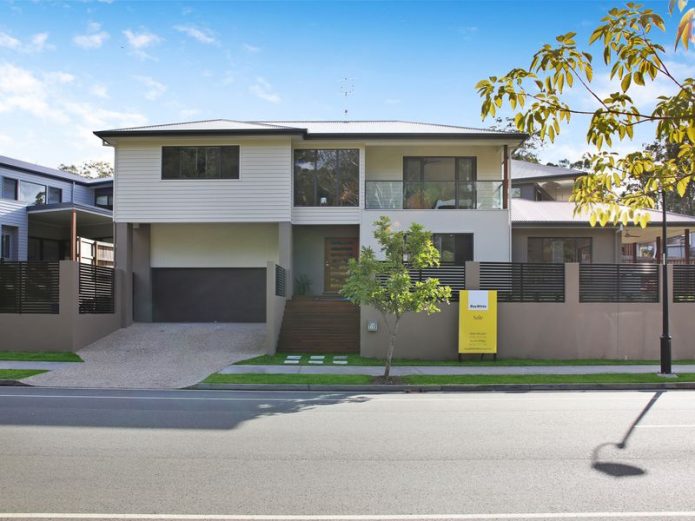A misalignment of supply and need is readied to spur home rate development of up to 20 percent in the coming years, according to brand-new research from QBE.
Insurance coverage team QBE has actually released its Australian Real estate Overview 2019– 2022 record, in which it has forecast house price development throughout all significant capital cities.
According to QBE, Brisbane is readied to experience the sharpest increase in house prices (20.3 percent) over the three years to 2022, complied with by Adelaide (12.7 per cent), Darwin (7 per cent), Canberra (6.4 percent), Perth (6 per cent), Sydney (5.8 per cent), Melbourne (5.1 per cent) as well as Hobart (4.1 per cent).
Unit rate growth has likewise been projected in all funding cities other than Sydney, where unit rates are anticipated to visit 0.3 of a percent factor over the same duration.
Unit values are projected to climb sharpest in Darwin (9.2 percent), complied with by Canberra (6.7 per cent), Perth (5.3 per cent), Adelaide (4.7 per cent), Melbourne (3.8 per cent), Brisbane (3.2 percent) and also Hobart (2.8 percent).
QBE Lenders’ Mortgage Insurance Policy (LMI) CEO Phil White said the development would come in feedback to a supply and also need “imbalance”.
” Along with lower interest rates, and also expectations that these will remain reduced for a long time, federal government motivations and an easing of borrowing limitations, our report suggests that a drop-off in building and construction completions is likely to drive rates higher over the following few years,” he claimed.
” Structure approvals fell by 19 per cent in 2018– 19, and completions are forecast to fall to 163,500 houses by 2020– 21 (down by 22 per cent from the average over the past 5 years).
” With population growth anticipated to stay strong, that’s well below underlying need. This might mean some formerly oversupplied markets will tip back into undersupply by 2021– 22.”.
Mr White included that a “inconsistency” between current demand for real estate as well as the timing of future supply of units would certainly also lead to “greater volatility as well as higher pressure on residential or commercial property costs”.
” Given these elements, the record’s projections for the Sydney market may get on the conservative side, as well as we would anticipate that pockets of this market could see sharper cost boosts faster,” he claimed.
” At the very same time, while projections for the Brisbane house market indicate strong development, as well as the principles do look really strong, there is a risk that consumer caution as well as excess of devices might solidify these projections.”.
As a result of the forecasted price boosts, QBE forecasted a 2.6 percent decrease in real estate affordability– the proportion of non reusable income required to service a mortgage.

